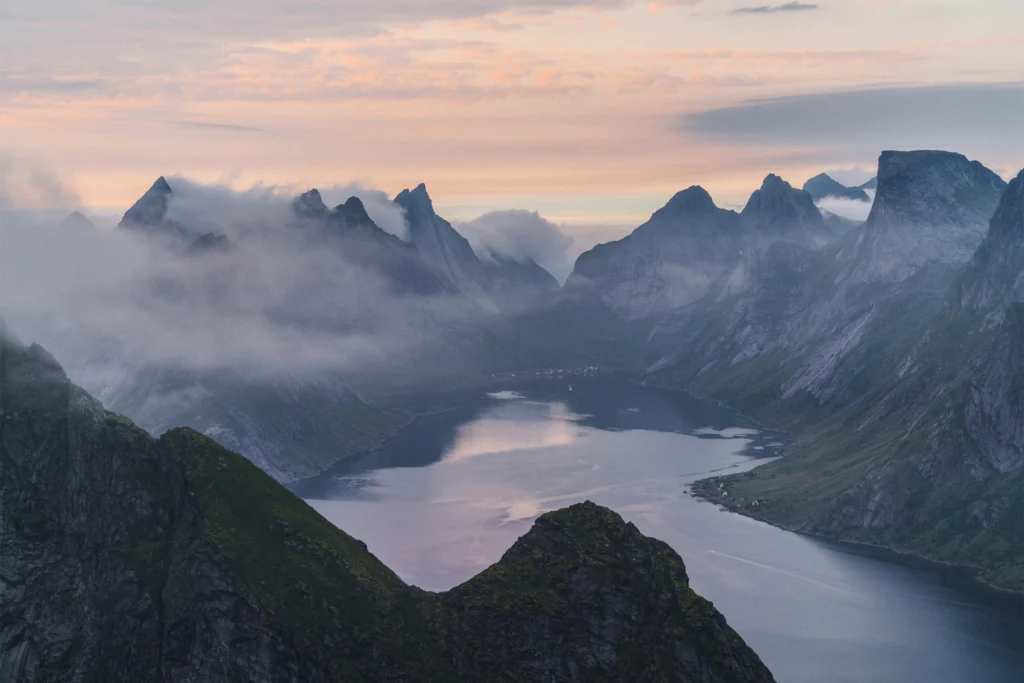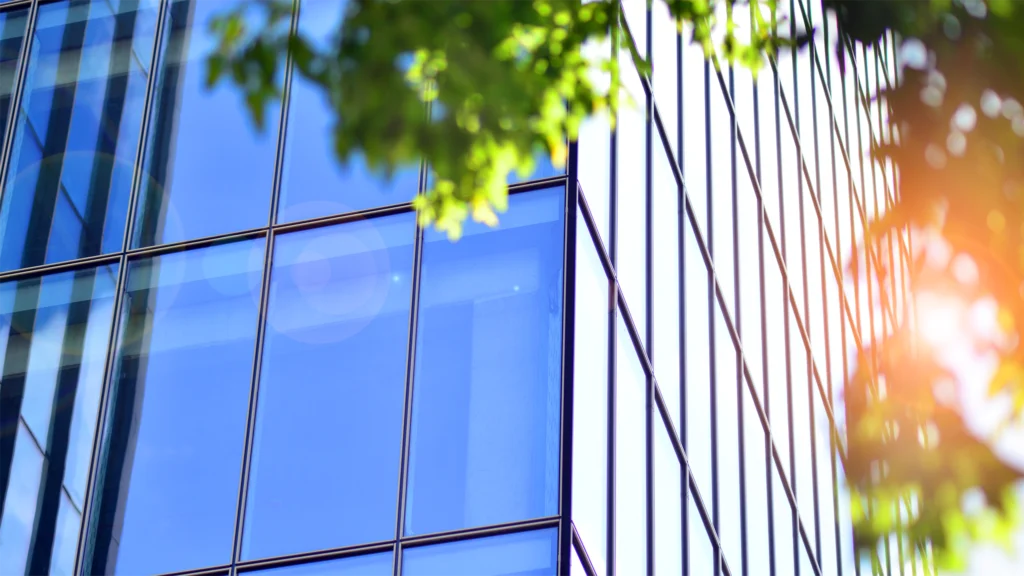The following is an exclusive electronic interview I had with Clive Palmer, an Australian businessman and politician, who is the chairman of Blue Star Lines, which intends to bring the Titanic experience to the modern-day world with more lifeboats and safety features built in, of course.
I ORIGINALLY HEARD ABOUT THE IDEA TO BUILD TITANIC II DURING THE 100TH ANNIVERSARY OF THE DATE THE “UNSINKABLE” ship foundered and then sank to the bottom of the Atlantic. After that, while I didn’t set a Google Alert for myself, I heard nothing about it and pretty much forgot all about the idea that was floated at the time.
So when the news broke in October 2018 that Titanic II was back in the news, I decided to reach out to the Blue Star Line people to learn more about their plans for bringing a modern-day Titanic to the seas in the next four years or so. It seemed like a perfect companion piece to my interview with Dr. Robert Ballard, the man who found the original Titanic.
The following is an exclusive electronic interview I had with Clive Palmer, an Australian businessman and politician, who is the chairman of Blue Star Lines, which intends to bring the Titanic experience to the modern-day world with more lifeboats and safety features built in, of course.
Palmer, it’s clear, has a taste for eccentric experiences. In the past he turned a golf resort into a prehistoric tourist attraction with animatronic dinosaurs. The resort made international headlines when the star T. rex named Jeff caught fire in 2015.
While Palmer touts massive interest in Titanic II, whether the world is ready to whet its appetite for a new Titanic experience remains on the horizon.
Spark: How close will your design be to the original Titanic, and was it difficult to obtain the original plans? Did your team notice any design flaws that you felt needed to be corrected?
Clive Palmer: The Titanic II will be a faithful reproduction of the original vessel with replicated restaurants, dining rooms, interiors and cabin layouts. Passengers will be treated to the authentic Titanic experience while benefiting from the integration of modern safety procedures, navigation methods and 21st century technology to produce the highest level of luxurious comfort. We have the original plans of the Titanic and have followed them closely.
Spark: How much research have you done on the original ship, and, who or what do you fault most for the Titanic hitting the iceberg that night?
Palmer: We have done extensive research on the original ship. There is no single factor that led to its demise, rather a series of events. Lack of vision from the bridge would not have helped.
Spark: I’m guessing you chose the name Blue Star Line as a tribute to the White Star Line, but does the color blue have any specific significance?
Palmer: You’re right, it’s a nod to the original White Star Line.
Spark: Titanic II was originally announced in 2012, which was, of course, the 100th anniversary of the tragedy. Why was the project delayed from the original 2016 projected launch, and how confident are you that it will be ready to sail for the 110th anniversary is 2022?
Palmer: Work was suspended because Blue Star Line’s parent company, Mineralogy, was in dispute with Chinese Government-owned Citic Limited over the nonpayment of hundreds of millions of dollars in royalties. Citic Limited was exporting millions of dollars of Mineralogy resources and refusing to pay for them. In late 2017, the Western Australian Supreme Court ordered that Citic Limited pay hundreds of millions of dollars in back royalty payments to Mineralogy. Blue Star Line now has the support of its holding company to build and operate Titanic II, with Citic now required to continually make substantial royalty payments each year. A launch date has not yet been fixed.
Spark: What intrigues you most about the Titanic, and do you think people will be interested in cruising on a ship that shares the name with an infamous 20th century ship?
Palmer: It is the ship of love. The rebuild is a tribute to the spirit of the men and women who worked on the original Titanic. These people produced an icon that is still marvelled at more than 100 years later and we want that spirit to go on for another 100 years. However, the Titanic II is more than an idea about a ship. It’s an idea about romance and the spirit of adventure. It taps into peoples’ need for love and affection, and sharing the journey. It is a symbol of peace and unity, bringing people from all nations together. It is a love story which plays on the Jack and Rose in all of us. It is big thinking about a big ship, but if it can hold a small place in the hearts of many, that is where its success will lie. People will love it.
Spark: The times have changed quite a bit since 1912, do you think passengers will want to travel “third class” or will “third class” be much different than it was in 1912?
Palmer: The guests will have an overriding sense that they have sailed back in time to the grand seafaring age. There will be opportunities for guests to immerse themselves in the era of the original Titanic by dressing in period costume. The ship will hold 2,435 passengers in first-, second- and third-class cabins which will all be very comfortable.
Spark: Can you list some specific safety features that Titanic 2 will employ that wouldn’t have been found on the original ship?
Palmer: We are working with a number of global partners to ensure the authenticity and safety of Titanic II. Marine classification group, Lloyd’s Register, has committed to the Titanic II project and will be responsible for reviewing drawings, calculations and studies to ensure utmost compliance with modern standards. We’ve also added an additional safety deck. This allows the bridge to clearly see over the bow, which the original Titanic was unable to do.
Spark: Will there be any additional safety and security processes and systems in place on this ship above and beyond what one would expect from a modern cruise ship? If so, what will they be?
Palmer: It will meet and exceed all conventions for structure, stability and safety. Titanic II will incorporate state-of-the-art safety procedures, navigation methods and 21st century technology.
Spark: Are you planning to perform any comprehensive Failure Mode and Effects Analysis (FMEA) studies or perhaps Failure, Mode, Effects and Critical Analysis (FMECA) studies?
Palmer: We are undertaking extensive studies and testing.
Spark: Do you plan on having a risk management system in place to monitor the ship’s systems, processes, equipment, operations, personnel and procedures once it is commissioned?
Palmer: Of course.
Spark: Are you at all concerned that this ship will be scrutinized for safety more so than a typical cruise ship would?
Palmer: Not at all.
Spark: Why is it important to you to have the Titanic II follow the same route the original Titanic did?
Palmer: To complete the journey to New York. The ship will follow the original journey, carrying passengers from Southampton [England] to New York, but she will also circumnavigate the globe, inspiring and enchanting people while attracting unrivalled attention, intrigue and mystery in every port she visits.
Spark: Is the plan to have the crew wear period clothing like in the video? Will there be any original Titanic artifacts brought on the new ship, and will there be any tributes made to the original in perhaps an onboard museum?
Palmer: Not the staff, but there will be opportunities for passengers to dress in period clothing if desired. Tributes to the original Titanic will be very evident.
Spark: What is the expected cost to create this ship, and what are the anticipated cruise prices going to be?
Palmer: We have not yet released this information.
Spark: Do you have anyone signed up for the first journey yet—celebrity or otherwise?
Palmer: The response has been incredible. We have had over 30,000 expressions of interest to date, however we are not yet receiving bookings.
Spark: What’s your favorite part of the movie “Titanic”?
Palmer: The love story between Jack and Rose.






